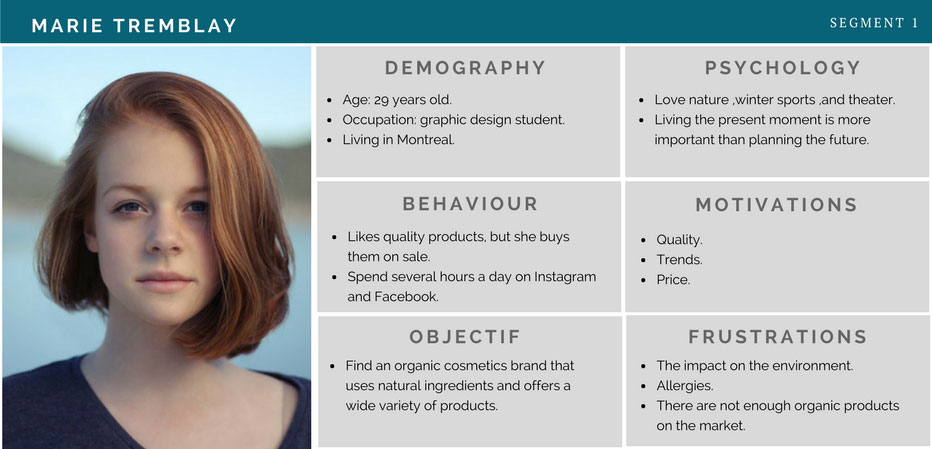Target definition is one of the most important parts of the marketing strategy because it is the selection of the product’s potential customers and the future clients. However, the target group has usually different buying motives. That’s why in marketing we create the “buyer’s persona” with the aim of establishing groups according to the target’s interest and then adapt the value proposition according to the user’s expectations. Below I explain everything you need to know to use the “buyer’s persona” in your marketing strategy:
What is a “buyer’s persona”?
A “buyer’s persona” is a fictional character created to represent the different kinds of potential buyers. The objective is the humanization of this character through the description of behaviours, motivations, preferences, and concerns. Even if most of the information is qualitative (the assumptions or conclusions of an observation process) it is possible to enhance it with collected data and statistics.
Why is it important to define a “buyer’s persona”?
The creation of a “buyer’s persona” allows going further into the details about the habits and the customer journey for each behavioural segment of the target. It guides marketers to:
- Target communication and campaigns. For example, according to the generational group: millennials, generation X, generation Y, etcetera.
- Optimize some factors of the marketing execution. For example, the choice of an email marketing campaign to reach people over 40 and the social network Instagram to communicate with the younger segment of the target.
- Adapt the product and modify the value proposition according to the needs and preferences of the potential customers. For example, promotions or product trials according to the customer’s online behaviour.
- Product or channel variation test by segment. For example, the choice between Google AdWords campaign or Facebook campaign for a seasonal promotion.
In short, creating and developing the profile of the “buyer’s persona” is a powerful tool for in-depth knowledge of your potential customers. The “buyer’s persona” plays a very important role during the experimentation and the personalization of the marketing execution.
How many “buyer’s persona” create?
In fact, there is no limit for the creation of the “buyer’s persona”. But, if you create a lot of segments, there would be similarities between them. In my opinion, the ideal number of segments should be between 3 and 5 in order to make easier to prioritize marketing actions according to the well-differentiated stereotypes.
In addition, restricting the “buyer’s persona” segments allows you to have a more “agile” (flexible) approach to the decision-making process. Therefore, you can always add more attributes to enrich the profiles in each test.
How to create a “buyer’s persona”?
Starting with a lot of details can complicate the process. So, my recommendation to build the “buyer’s persona” is to find a balance between the general attributes and the attributes that relate directly to your product. For instance, if you have a natural cosmetics online magazine, you need to consider general information such as age, gender, and location, as well as buying behaviors details such as the number of hours expended on the Internet and social networks preferences.
There are many segmentation criteria to characterize “buyer’s persona” and the choice between them depends on several factors of the marketing strategy. But you can start by selecting from the following:
- Geography: country, city, location in relation to your product, place of residence or place of work.
- Demography: age, sex, occupation, marital status, family situation, level of education.
- Psychological nature: interests, enjoyed activities, lifestyle, expectations (to solve their problem), frustrations.
- Behaviour: use of the Internet, transport used, delivery type preferred, motivations to buy, ways to get informed, keywords used, micro-moments, etcetera.
From this point of view, the creation of the “buyer’s persona” is an iterative process that improves each time during the marketing execution. If we go back to the case of the cosmetics online magazine, an example of a segment to start would be:


